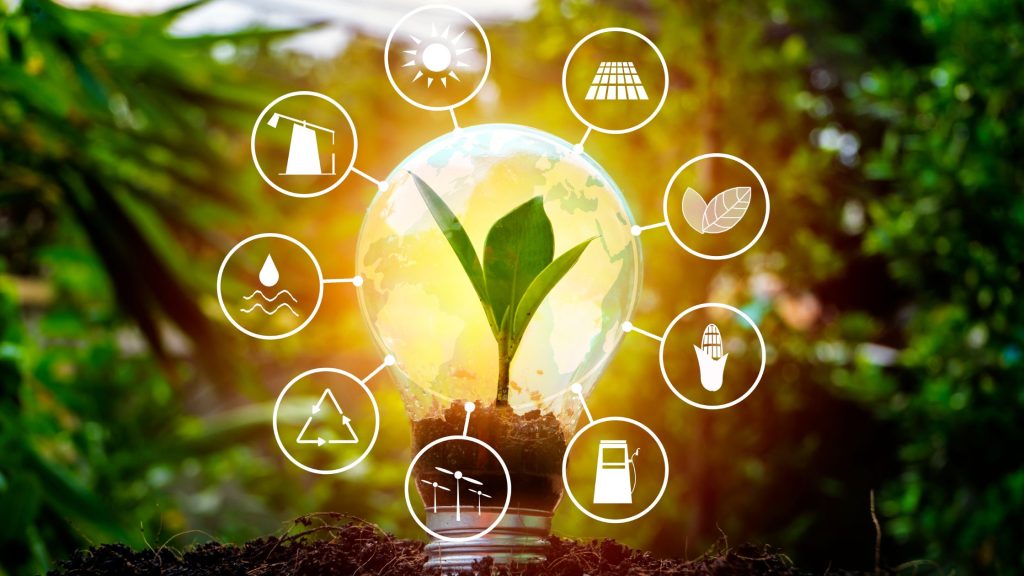There’s a common saying that many of the most significant scientific discoveries have been made by accident. The latest addition to this list is a promising advancement in renewable energy, which came about from researchers at the University of Massachusetts (UMass) Amherst.

The Unexpected Experiment Initially, they didn’t set out to generate energy from thin air. Instead, their primary goal was to create a simple sensor for monitoring humidity levels. However, an accidental discovery was waiting for them. When a student forgot to keep the device plugged in, they realized it was producing an electrical signal independently.
How Does It Work? Their device was made of a series of tiny tubes, or nanowires. It seems these nanowires produced electricity through their constant interactions within the tube. This interaction resulted in a charge differentiation, similar to a battery, at either end of the tube. Lead author of the study, Prof. Jun Yao, explains, “You have a positive pull and a negative pull, and when you connect them, the charge is going to flow.”
Can We Improve Upon Serendipity? This unexpected finding led Yao’s team to conduct another study. They used materials with nanopores, tiny holes, instead of nanowires. The result? A device the size of a thumbnail capable of producing approximately one microwatt of energy.
Harnessing Power from the Air: Is It Possible? Professor Yao is thrilled about the idea of deriving power from something as omnipresent as air. Although the energy output currently is minuscule, he believes that stacking multiple layers could significantly increase the output.
A Future of Air-Generated Renewable Energy? This accidental discovery has motivated scientists to explore its potential for renewable energy production. Peter Dobson, a professor emeritus of engineering science at Oxford University, said, “If you can engineer and scale it…it should work.”
However, the optimism isn’t universal. Professor Anna Korre from Imperial College London advises caution. She points to potential challenges, such as sourcing raw materials, cost evaluations, and environmental impact assessments, which could postpone implementation.
Despite these potential hurdles, Prof. Yao remains hopeful, “Lots of energy is stored in water molecules in the air… It’s about how we collect it.”
Only time will tell if this accidental discovery turns into a feasible solution for producing renewable energy from the air that surrounds us.







